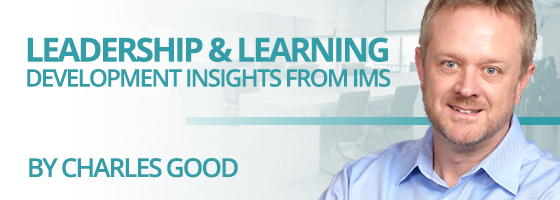Andy Grove, former CEO of Intel, stated that success breads complacency, which breeds failure, therefore only the paranoid survive. This quote has stood the test of time and continues to be relevant in today’s constantly changing environment. Successful leaders have developed this critical leadership skill of ‘productive paranoia’, which is characterized by looking out for disruptive innovators entering their industry and challenging commonly held assumptions within their organizations. Today’s leaders need to challenge the current assumptions of those mental models you are relying upon.
Eastman Kodak’s demise provides a cautionary tale for those companies who don’t have this productive paranoia, especially in terms of disruptive technologies.
Eastman Kodak sold its first camera in 1888, with the slogan, “you press the button, we do the rest.” George Eastman’s goal was to make photography as convenient as the pencil. And with that goal in mind, he created an empire, making Kodak a household name by successfully bringing photography to the masses.
By the late 1960s, Kodak developed the first digital camera. Early 1990s, it had created the first digital SLR camera. Fast forward to the early 2000s, Kodak was now the No. 2 in digital camera sales in the U.S. but the profit margins on this part of its business were well below those of its core businesses and as a result, it chose not to embrace this new technology. Kodak also failed to realize the extent of this disruptive change, most notably the speed at which online photo sharing was going to replace printing photos. As a result, Kodak filed for bankruptcy in January 2012.
Jim Collins states in his best-selling book, Great by Choice, paranoid behavior represents a functional fear that is channeled and coupled with extensive preparation and clearheaded action. Collins explores three dimensions of productive paranoia employed by successful organizations.
BUILD CASH RESERVES AND CREATE BUFFERS AGAINST UNPREDICTABLE ENVIRONMENTS
Don’t wait for the storm to hit. Instead, prepare carefully for its arrival. Collins states, “when a calamitous event clobbers an industry or the overall economy, companies fall into one of three categories: those that pull ahead, those that fall behind, and those that die. The disruption itself does not determine your category. You do.”
TAKE A CONSERVATIVE APPROACH TO RISK
With all three types of risk (death line, asymmetric and uncontrollable) identified in the book, those companies who were successful took less risk than their counterparts.
HAVE A DUAL-LENS CAPABILITY
Where you can ‘zoom out’ to see changes in the broader environment to assess risk. However, you also need to ‘zoom in’ to focus on internal directives that are determining performance and profitability.
IMS educator Dr. Kathy Pearson in her book, The Perceptive Leader, offers some practical advice to promote productive paranoia at an individual level.
- What are the key assumptions that are commonly used every day when making decisions about your customers, organization, environment, etc.
- Make sure to get specific about areas of vulnerability if current operating assumptions are wrong.
- Challenge employees to do this exercise within their areas of responsibility, not just at the organizational level.
The lesson here is to not let yourself or your organization get locked into thinking that what worked in the past will continue to work in the future. Take in active role in challenging those assumptions and actively monitor the environment for disruptive technologies. Kodak had nearly a ten-year window of opportunity to act on the disruptive technology which they first developed. Unfortunately, the company continued to support its core businesses, being blinded by its past success, and failed to realize how the disruptive technology would eventually be the industry standard. The following quote by George Eastman is both prophetic and ironic: “The world is moving, and a company that contents itself with present accomplishments soon falls behind.”
ABOUT CHARLES GOOD
Charles Good is the president of The Institute for Management Studies, which provides transformational learning experiences that drive behavioral change and develop exceptional leaders. Charles is an innovative and resourceful leader who specializes in bringing people together to develop creative organizational and talent strategies that enable business results. His areas of expertise include assessing organizational skill gaps and leading the design, creation and delivery of high impact, innovative learning solutions that achieve business goals.
